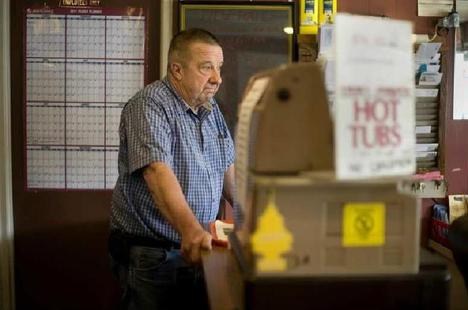
“Pedro de Verona Rodrigues Pires” Source of caption and photo: online version of the NYT article quoted and cited below.
(p. A10) MONROVIA, Liberia — Pedro de Verona Rodrigues Pires, the former president of Cape Verde, the desertlike archipelago about 300 miles off the coast of West Africa, has won one of the world’s major prizes, the $5 million Ibrahim Prize for Achievement in African Leadership.
The record of governing in Africa has been poor enough lately that the Mo Ibrahim Foundation decided not to award the prize for the past two years. In many African countries, leaders have refused to leave office after losing elections, tried to alter constitutions to ensure their continued tenure or gone back on pledges not to run for re-election.
. . .
Mr. Pires served two terms — 10 years — as president until stepping down last month. During that period, the foundation noted, Cape Verde became only the second African nation to move up from the United Nations’ “least developed” category. The foundation says the prize is given only to a democratically elected president who has stayed “within the limits set by the country’s constitution, has left office in the last three years and has demonstrated excellence in office.”
For the full story, see:
ADAM NOSSITER. “Ex-President of Cape Verde Wins Good-Government Prize.” The New York Times (Tues., October 11, 2011): A10.
(Note: ellipsis added.)
(Note: the online version of the article is dated October 10, 2011.)








